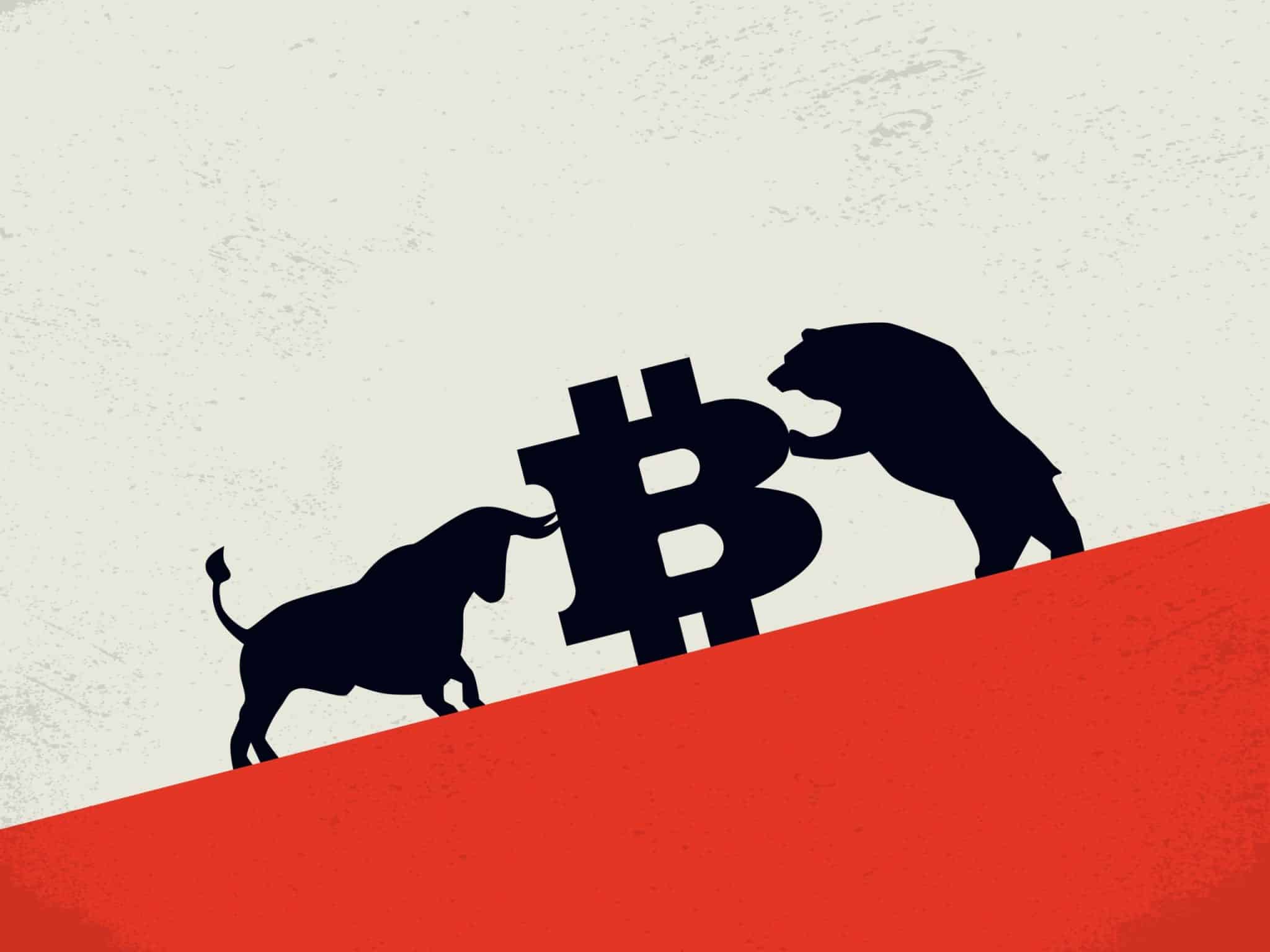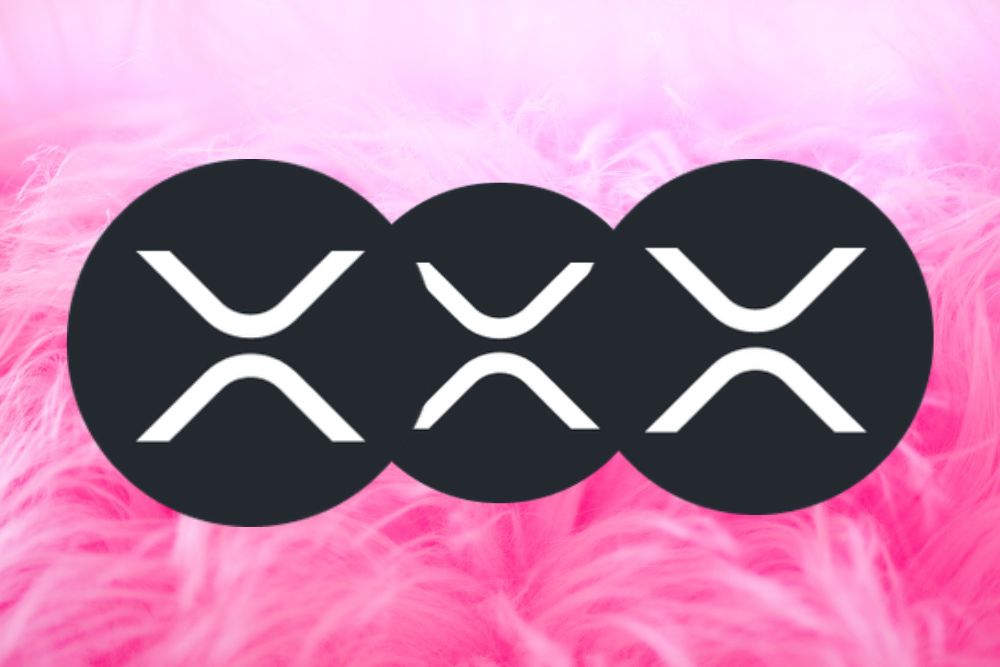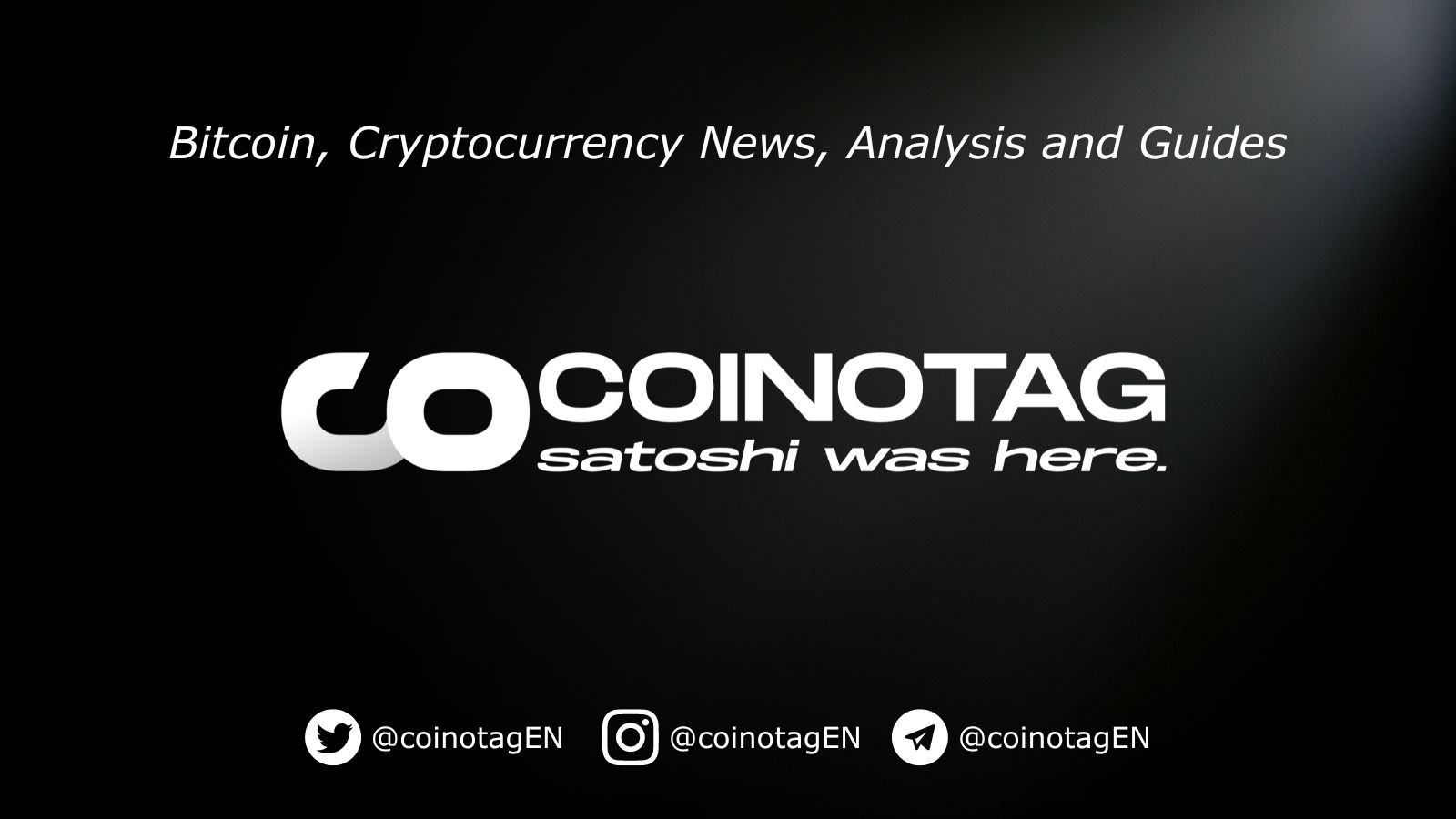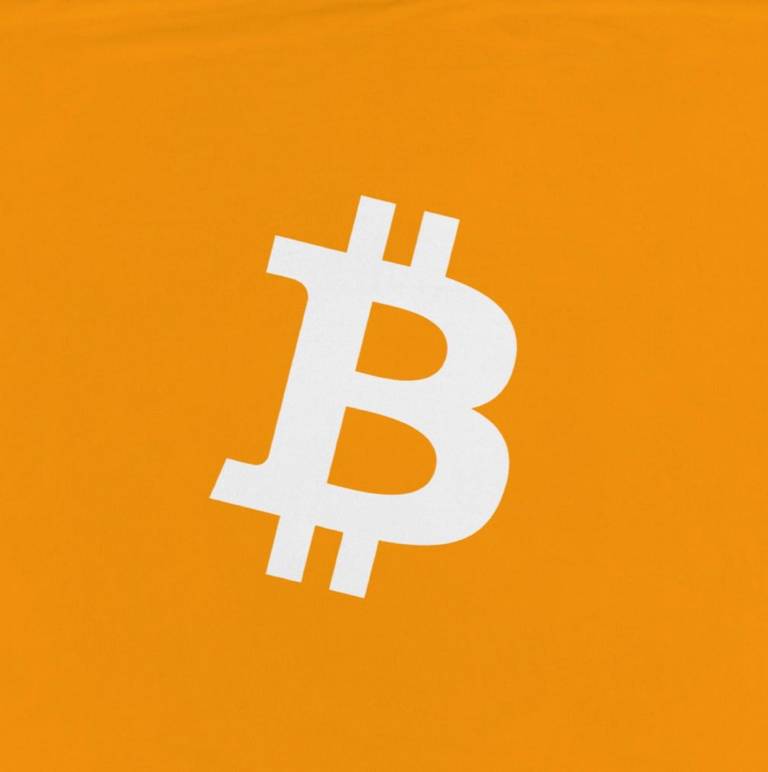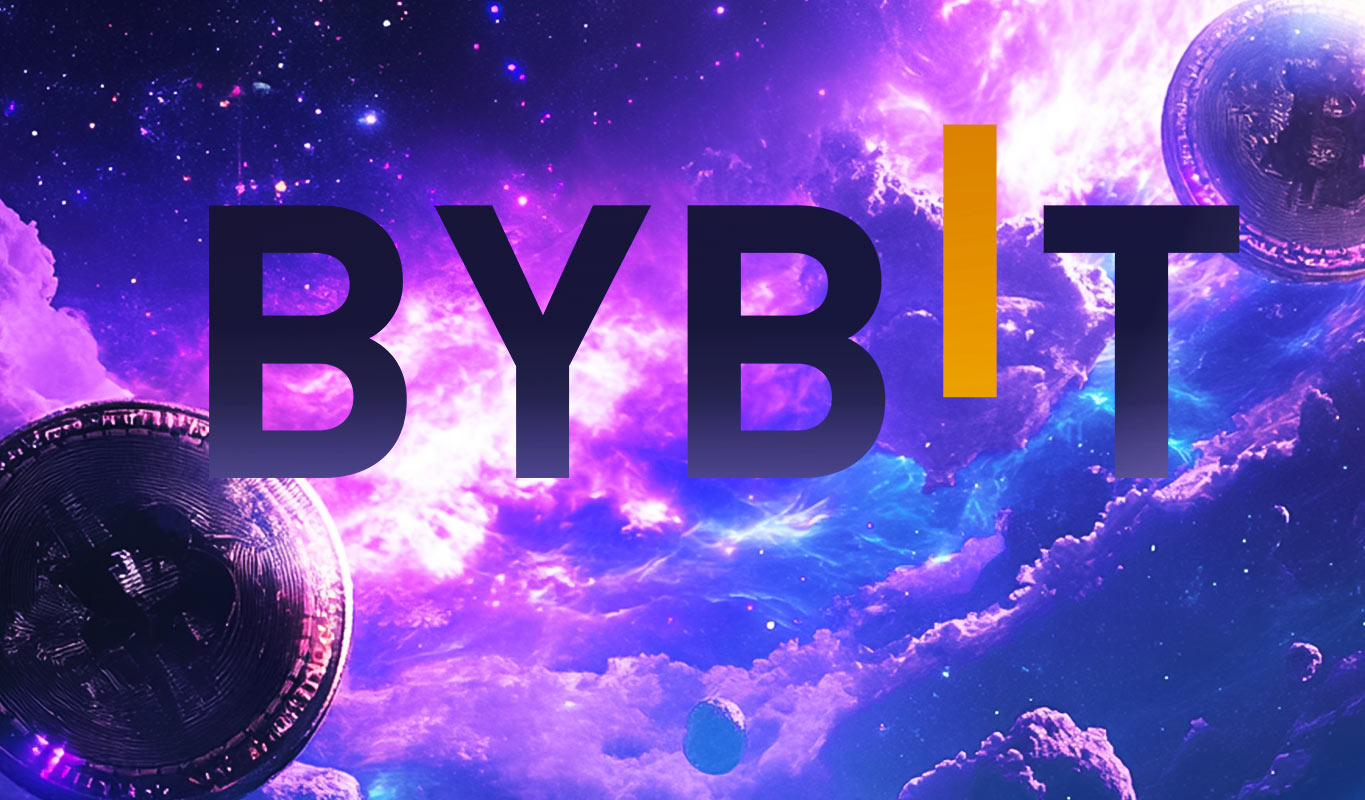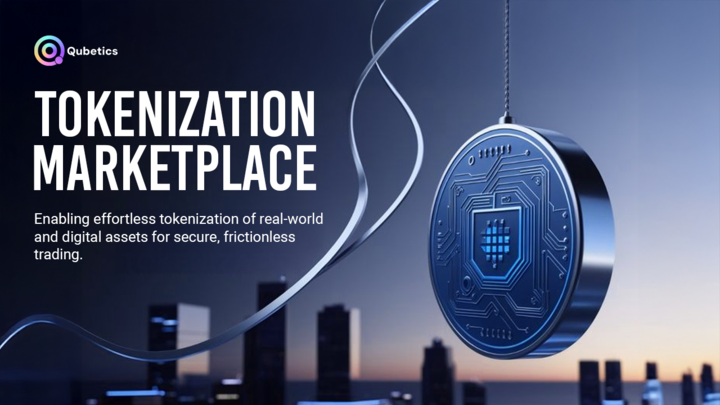
Not all crypto projects are built the same. While some chase headlines, others build infrastructure, solve real-life pain points, and stack up long-term relevance. That’s where the spotlight belongs—on platforms bridging utility and adoption with enough upside to catch the attention of both first-timers and seasoned participants. In the hunt for the most potential crypto, three names are gaining traction across Latin American communities and beyond: Qubetics, Filecoin, and Theta. One is powering tokenized real-world assets, another secures decentralized storage, and the third is reshaping video streaming through blockchain. And right now, it’s Qubetics that’s making waves—not just for what it promises, but for what it’s already delivering. Qubetics (TICS): Real World Asset Tokenization Marketplace with Unmatched ROI Potential Qubetics is coming in strong with one of the most practical use cases in crypto: Real World Asset Tokenization. This isn’t theoretical stuff—it’s about transforming real estate, invoices, contracts, and even commodities into on-chain assets that can be tracked, traded, shared, and settled without borders or middlemen. A coffee distributor in Colombia can tokenize bulk shipment contracts, track delivery progress via smart contracts, and split ownership with partners through programmable tokens. A property owner in Mexico can digitize land rights and allow fractionalized ownership on the Qubetics blockchain, opening up access to backers across the globe. This is Web3 meeting the real world—minus the hype, plus the clarity. The Qubetics Marketplace is built for professionals, not just techies. Lawyers, accountants, consultants, and enterprises can plug into the framework without needing to write code. Every tokenized asset comes with built-in compliance layers, making it audit-ready and legally binding in many jurisdictions. That makes it appealing not just to crypto-native users but also to traditional businesses exploring blockchain entry points. That’s the kind of value that makes Qubetics the most potential crypto for 2025. It isn’t just promising innovation—it’s delivering tools that users and professionals can rely on in daily operations. Qubetics Presale: Performance and Price Forecasts Now, here’s where things really turn up. The Qubetics presale is currently in its 30th stage. So far, it’s sold 508 million $TICS tokens, attracted over 24,900 token holders, and raised a staggering $16.2 million—all while maintaining a steady token price of $0.1729. Those who entered in stage 1 at $0.01? They’re sitting on a 1629% return already. And even now, participants joining at $0.1729 still have a big runway ahead. Analyst forecasts suggest that at $1, buyers today could see a 477% ROI. A move to $5 unlocks 2789%. At $6 or $10, 3367% and 5678%, respectively. If it rockets to $15 post-mainnet, the potential ROI crosses 8567%. The presale window hasn’t closed. Access is still open—but this late-stage entry won’t last forever. The price is climbing, traction is real, and momentum is hard to ignore. For those still on the fence, this isn’t just a chance—it’s the kind of strategic entry point that doesn’t come around often. Qubetics offers real-world utility, a clean user interface, and serious ROI potential backed by ongoing adoption. It leads this shortlist as the best crypto presale because it’s actually solving problems people deal with every day—and doing it in a way that invites growth. Filecoin: The Backbone of Decentralized Storage Filecoin is no newcomer. It’s been one of the most consistent and respected names in the blockchain ecosystem, thanks to its mission of decentralizing cloud storage. Built by Protocol Labs, Filecoin allows anyone with extra disk space to rent it out, creating a network of peer-to-peer data storage that’s secure, efficient, and censorship-resistant. Instead of relying on centralized servers owned by tech giants, users can store their files across a distributed system of independent nodes. This is particularly valuable for content creators, developers, and businesses who want to ensure that their data remains intact, verifiable, and always accessible—without being at the mercy of traditional data centers. In Latin America, Filecoin’s decentralized model has been embraced by media creators, local journalists, and open-source developers who need long-term content preservation at a fair price. NFT platforms are also using Filecoin to store artwork metadata, keeping digital assets alive even if frontend websites vanish. Its ecosystem is deeply rooted in the Web3 movement, powering everything from data availability layers to decentralized archives. Filecoin remains a go-to tool for devs looking to build permanent, resilient apps—especially those centered on ownership and authenticity. Filecoin is one of the most potential crypto projects due to its established tech, real-world applications, and continued community support. It’s not just storage—it’s infrastructure for the future of the open web. Theta: Reimagining Video Streaming Through Blockchain Theta is doing to video what Ethereum did to contracts—giving it a decentralized backbone. Known for powering a blockchain-based streaming network, Theta enables users to share bandwidth and resources to improve content delivery and cut down costs. It flips the traditional content delivery model. Instead of relying on centralized servers to host and stream content, Theta leverages a peer-to-peer network. Viewers can earn rewards (in the form of TFUEL) by offering up unused internet bandwidth, creating a system where people get paid for simply watching and sharing content. That’s a big win in regions where bandwidth costs are high and infrastructure is uneven. Content creators in cities like Bogotá or Lima can reduce their hosting costs. Gamers in São Paulo can stream with fewer hiccups. And event broadcasters can scale content to wider audiences without breaking the bank. Theta has also inked partnerships with major names like Samsung, Sony, and Google Cloud. Its enterprise-grade approach, mixed with its strong crypto-native architecture, makes it attractive to both Web2 giants and Web3 pioneers. The result? A hybrid streaming model that supports NFTs, premium subscriptions, and interactive metaverse experiences. Theta secures its spot as one of the most potential crypto projects by merging blockchain incentives with real-world entertainment. It’s making video delivery cheaper, smarter, and more user-focused—and that’s a game-changer. Final Thoughts Finding the most potential crypto isn’t about picking the loudest name. It’s about spotting the project that delivers—on utility, access, community strength, and upside. Qubetics, Filecoin, and Theta all bring something to the table. Filecoin handles decentralized storage with precision. Theta reinvents how video gets delivered. But Qubetics? It’s hitting that sweet spot of usability, innovation, and financial reward. Between its Real World Asset Tokenization Marketplace and its explosive presale momentum, Qubetics is capturing attention across global and Latin American crypto circles. It’s already changing how businesses operate and how value moves across borders. And the presale isn’t over yet. For those watching from the sidelines, there’s still a shot to jump in at $0.1729 before the next wave hits. This isn’t a maybe—it’s a strategic move for those who see what’s coming. For More Information: Qubetics: https://qubetics.com Presale: https://buy.qubetics.com/ Telegram: https://t.me/qubetics Twitter: https://x.com/qubetics FAQs 1. Why is Qubetics considered the most potential crypto in 2025? Qubetics combines a high-utility asset tokenization platform with major ROI potential from its active presale, making it ideal for both new and seasoned backers. 2. What is the current Qubetics presale price and participation level? $TICS is priced at $0.1729 in stage 30, with over 508 million tokens sold and more than 24,900 holders already on board. 3. What ROI can buyers expect if they join the Qubetics presale now? If $TICS hits $1, ROI would be 477%. A post-mainnet price of $15 would return 8567%. 4. What is Filecoin’s main use case? Filecoin provides decentralized, secure cloud storage and is used for NFT metadata, archives, and developer data infrastructure. 5. How is Theta changing video streaming? Theta rewards users for sharing bandwidth while powering decentralized content delivery networks used by global tech and entertainment brands. The post From Utility to ROI: What Makes Qubetics, Theta, and Filecoin the Most Potential Crypto Projects This Year appeared first on TheCoinrise.com .
The Coin Rise
You can visit the page to read the article.
Source: The Coin Rise
Disclaimer: The opinion expressed here is not investment advice – it is provided for informational purposes only. It does not necessarily reflect the opinion of BitMaden. Every investment and all trading involves risk, so you should always perform your own research prior to making decisions. We do not recommend investing money you cannot afford to lose.
Charles Hoskinson Says Blockchain Could Create A Social Revolution

Charles Hoskinson, Cardano (ADA) founder and CEO of Input Output, believes that blockchain technology can potentially change the social world. This could happen not just through technology, but through fairness and equity. In a recent documentary about Cardano’s Constitution, Hoskison explained why blockchain is unlike anything humans have ever created. He explained how blockchains treat everyone equally, regardless of status or background. Blockchains: A Level Playing Field for Everyone The Cardano founder believes blockchains are the first systems in history where no one is above anyone else. Unlike governments and businesses with uneven power, blockchain gives every user an equal voice. He even referred to the U.S. democratic system, where the president and a farmer were equal. However, in a blockchain system, everyone is treated the same. No one has more control than another person. This fairness, Hoskinson says, can help build trust, respect, and understanding among people. Charles Hoskinson believes this fair system can help humans evolve, not just technologically, but emotionally. He sees blockchain as a tool for peace and self-discovery. Instead of competing for power, people can collaborate, build, and thrive together. Cardano Give Community More Control Earlier this year, Cardano made an important change. Its community agreed on a new Constitution that will guide how the network works in the future. With this change, the Cardano community has more power to make decisions. People who hold ADA can vote on changes and help shape the project’s development. This supports Hoskinson’s idea of fairness and shared responsibility. As Cardano grows, its community continues to discuss important topics. One ongoing debate is about how new projects should be funded. Jaromir Tesar, a respected community member, said that teams should not rely only on capital from the Cardano Catalyst Program. Instead, he believes they should focus on building useful projects using Cardano technology. He asserted that the goal should be to build strong ideas, not just to receive grants. ADA’s Price Outlook According to CoinMarketCap, the price of Cardano (ADA) has increased by 0.33% and is now trading at $0.6204. Recent data from Google Trends shows that more people worldwide are searching for Cardano (ADA) again. This level of interest is similar to what was seen in November 2024. Some experts think this growing attention could cause ADA’s price to go up soon . While this is a positive sign, Hoskinson’s message reminds everyone that the real strength of the Cardano blockchain is not its price, but its ability to bring fairness and unity. The post Charles Hoskinson Says Blockchain Could Create A Social Revolution appeared first on TheCoinrise.com . The Coin Rise
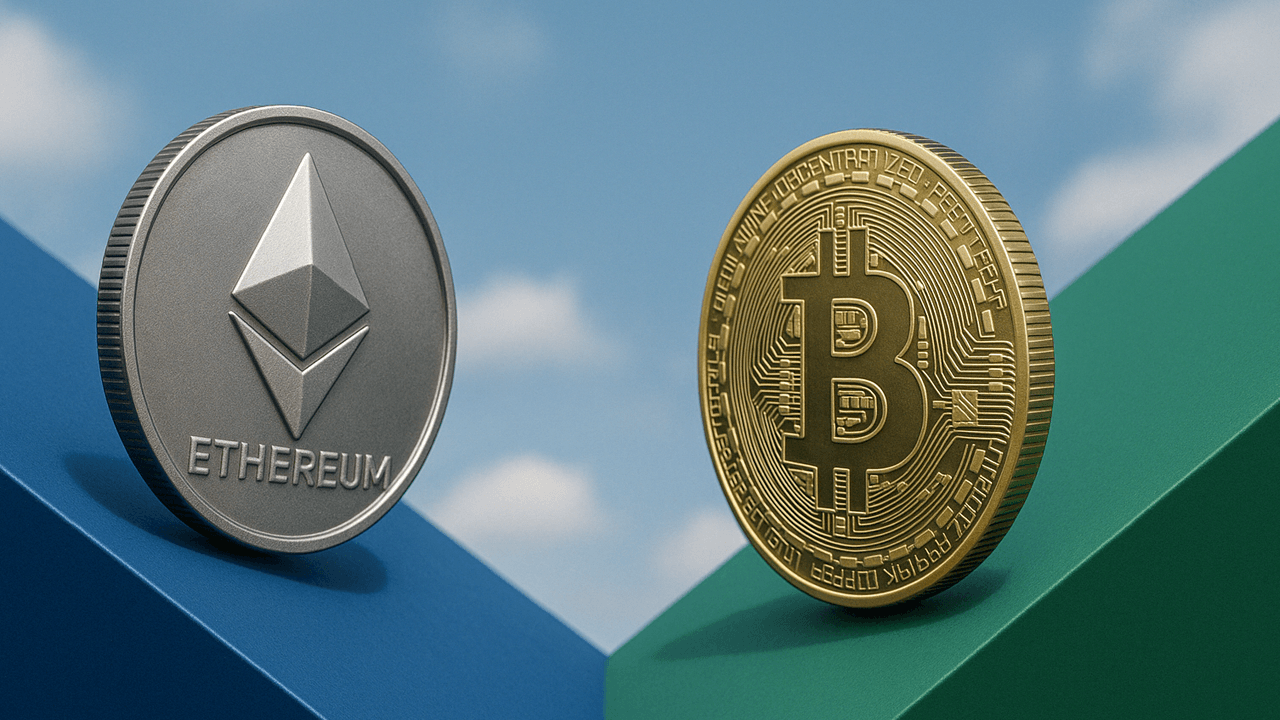
Bitcoin and Ethereum Fees Collapse: Transaction Costs Plunge Over 90% Year-on-Year
Operational expenses for executing transactions on the two leading layer one (L1) blockchain protocols have diminished notably relative to the same period in 2024, reflecting a striking recalibration. Cheaper Than Ever: Blockchain Users Reap Benefits of Fee Freefall Reflecting on last April, the average fee to transact on the Bitcoin blockchain hovered at $16.16 per The Coin Rise





